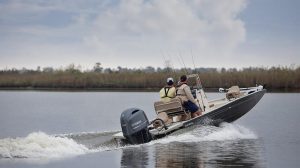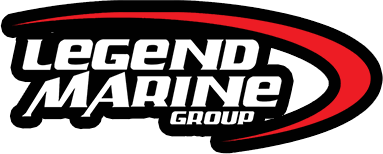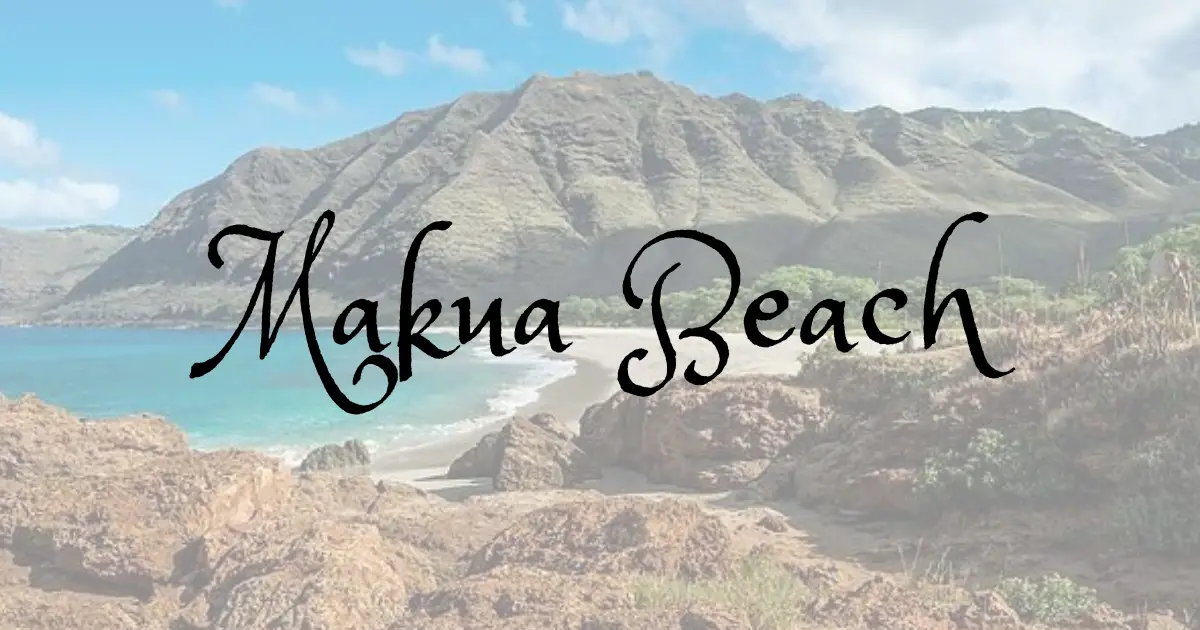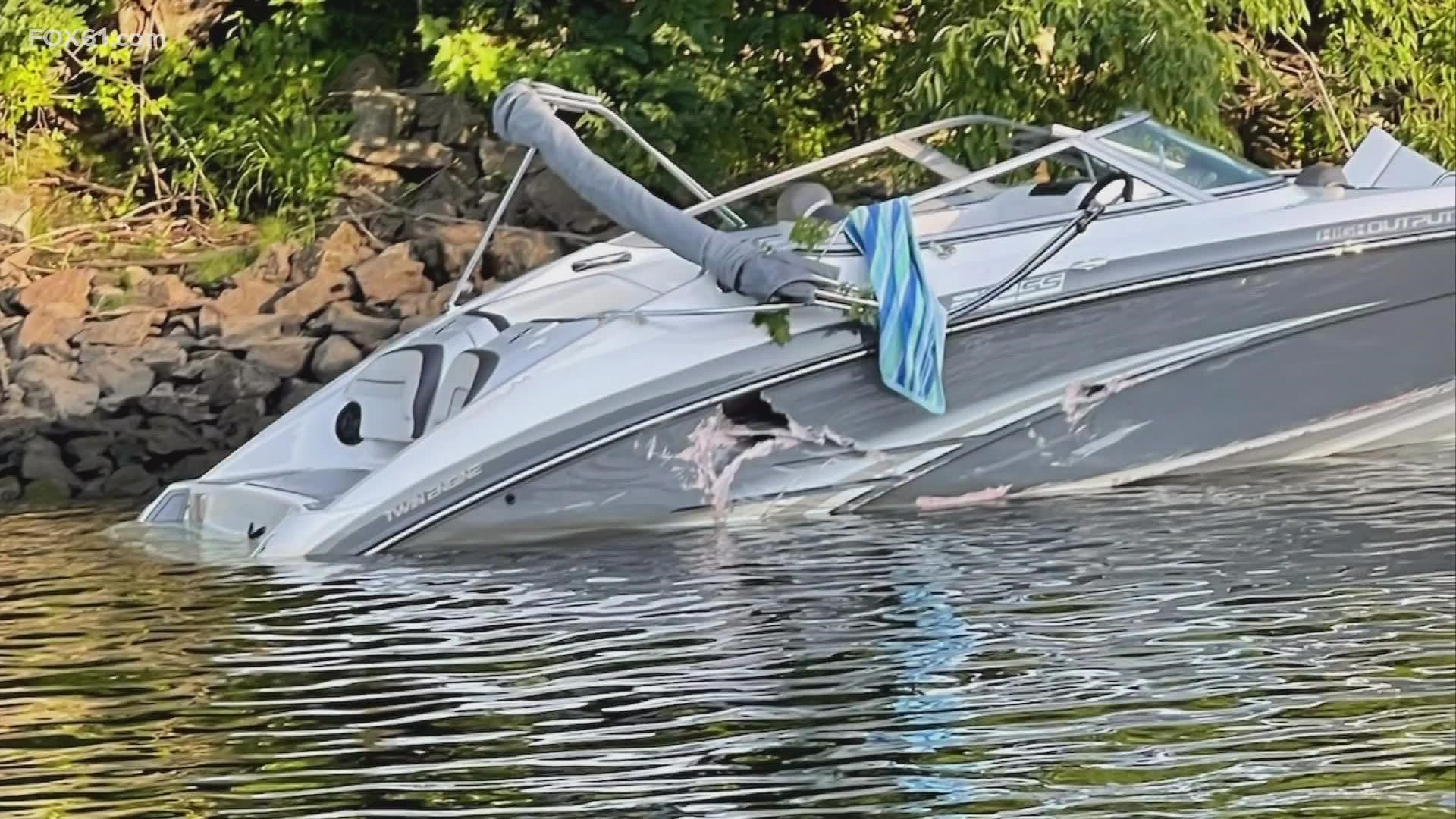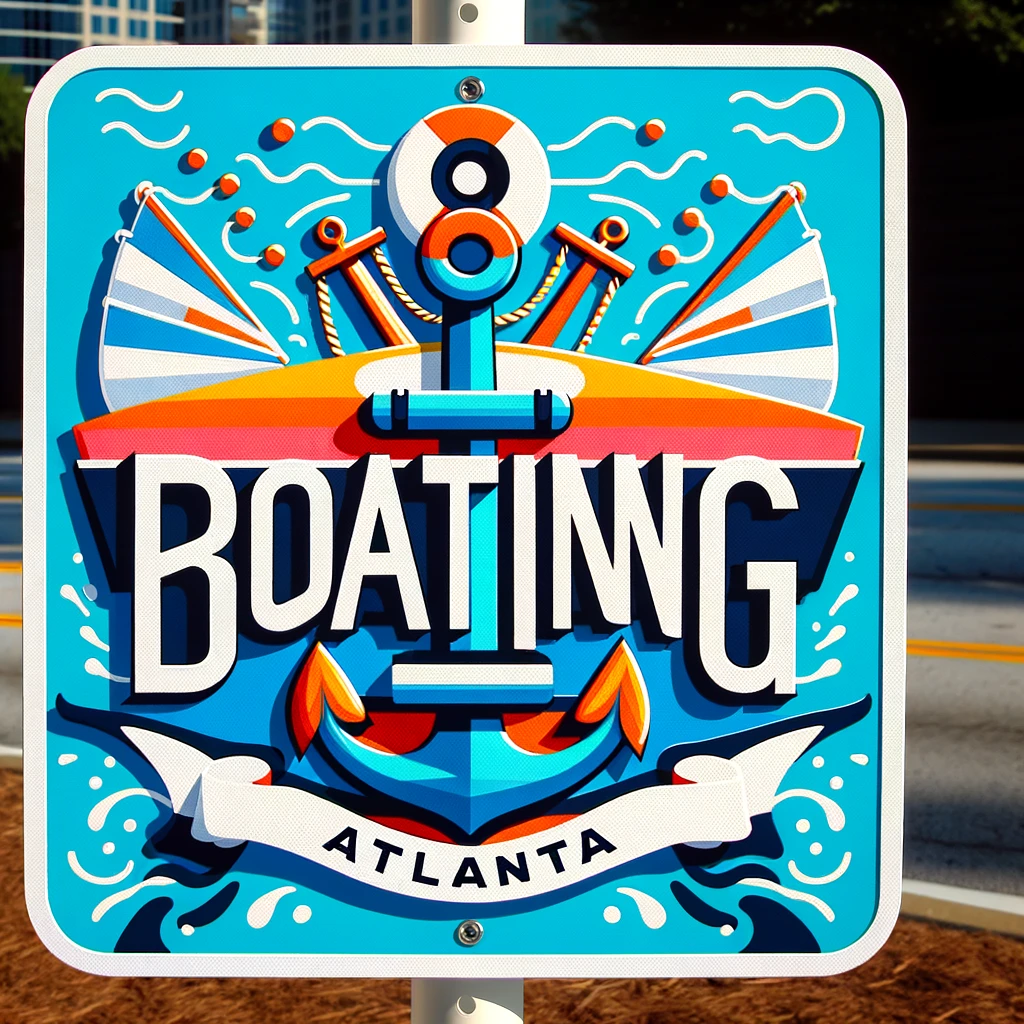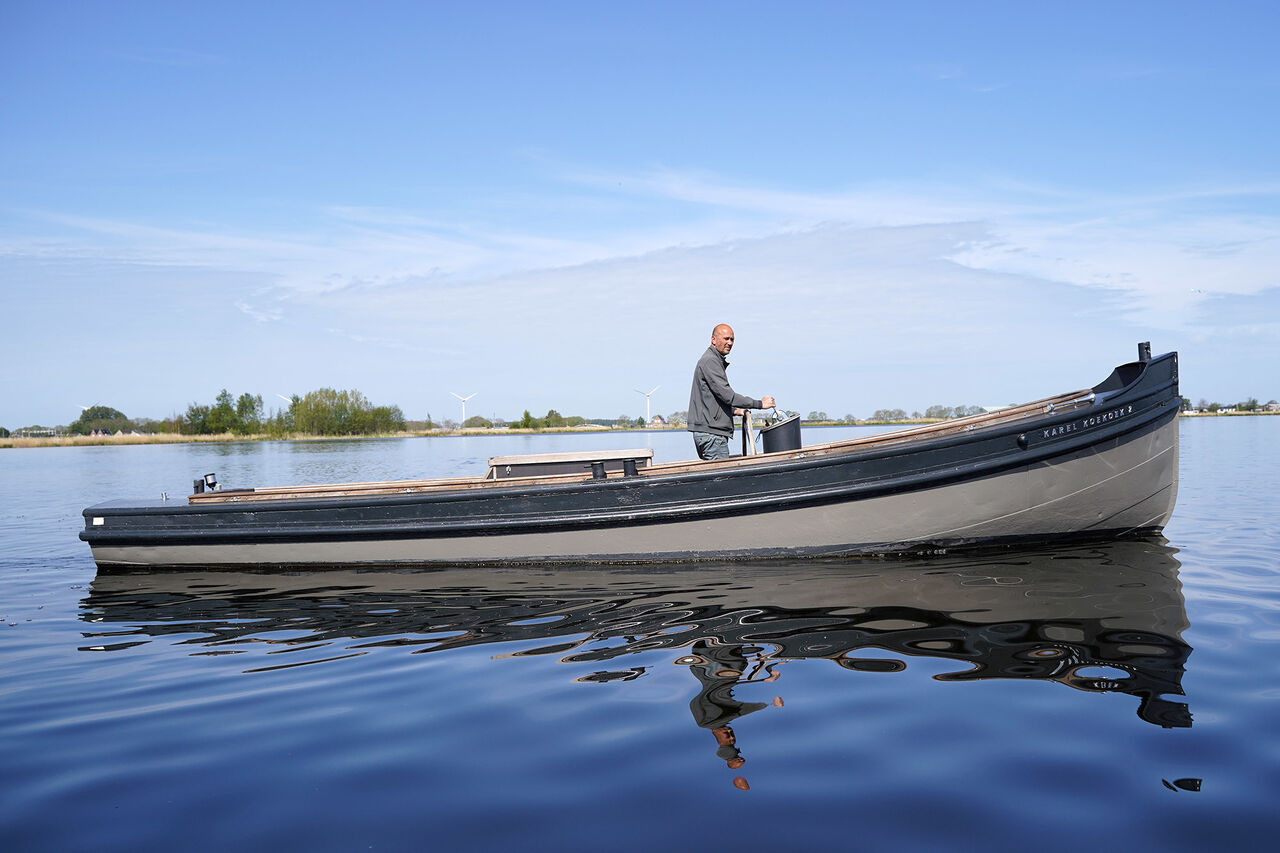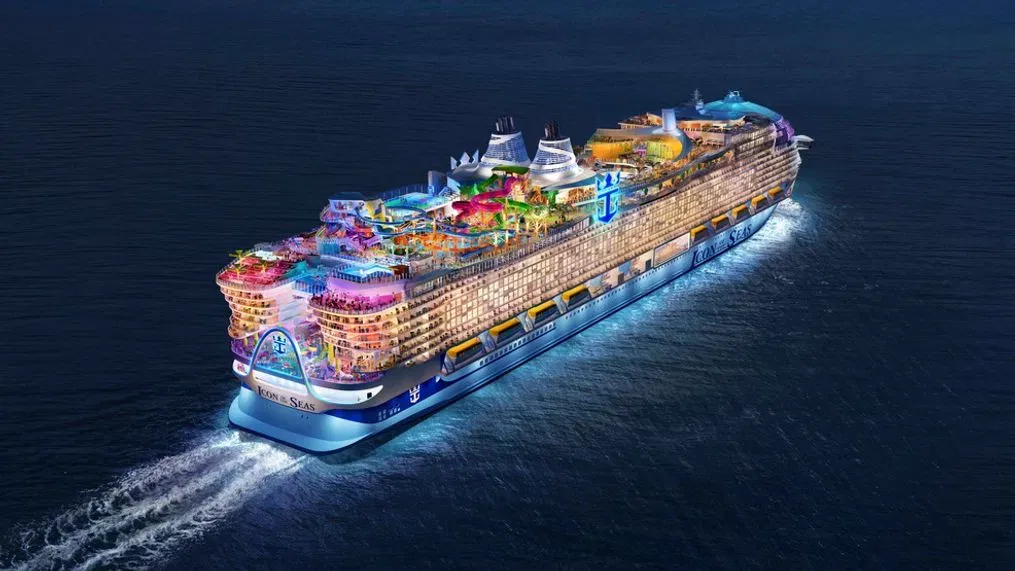Trimaran Boats
Trimaran Advancements: Sail Faster and Smarter in Modern Waters
A trimaran is a unique type of multihull vessel consisting of a main hull and two smaller outrigger hulls, also referred to as "floats". These outrigger hulls are strategically attached to the primary hull using lateral beams for optimal stability and performance. Trimarans have a rich history originating from the traditional double-outrigger boats common in Pacific Island cultures. Today, most modern trimarans are utilized as sailing yachts for recreation, racing, and even exploration.
The design and structure of a trimaran provide several advantages over monohull vessels, including enhanced stability, improved performance, and greater speed. Trimarans come in various types, sizes, and styles, suitable for different purposes such as overnight cruising, ferry services, and even military applications. Manufacturers and buyers alike are intrigued by the possibilities of trimarans, resulting in continuous innovation and development, shaping the future of multihull vessels and the sailing community.
Key Takeaways
- Trimarans offer increased stability and performance through their unique three-hulled design.
- Various types of trimarans cater to diverse purposes, from recreational sailing to military use.
- Continuous innovation and advancements are shaping the future of trimarans in the sailing world.
Origins of Trimaran
Trimarans have a rich history, tracing their origins back to the traditional double-outrigger hulls of the Austronesian cultures in Maritime Southeast Asia. These early trimarans found their footing in areas such as the Philippines and Eastern Indonesia, dominating the hull design of traditional fishing boats in those regions 1 . In fact, the trimaran is a common sight on Philippine waters and has been integral to the country's history of early warships, traditional sailboats, and fishing boats2.
The Polynesians built the first trimarans around 4,000 years ago. These early trimarans featured a main hull (Vaka) and two smaller outrigger hulls (Aka) on either side for increased stability3. Most terms associated with boats and their components can be traced back to the Polynesian names, demonstrating the significant impact of these early maritime innovations.
The evolution of trimarans is closely related to the older catamaran and single-outrigger boat designs. However, the trimaran design truly came into its own in the 1960s and 1970s, when it started gaining popularity among seafaring enthusiasts4. The boom of trimaran design technology in the mid-1980s accelerated their development, leading to high buoyancy floats, minimal windage, and a broader stance that provided a level of stability not found in traditional monohull or catamarans5.
In summary, the origins of the trimaran can be traced back to the Austronesian cultures of Maritime Southeast Asian islands, particularly the Philippines and Eastern Indonesia. The Polynesians played a significant role in the development of the trimaran design, with many associated terms still reflecting their Polynesian roots. The trimaran design continues to evolve and thrive, merging rich cultural history with modern innovations.
Footnotes
Design and Structure
Three Hulls
A trimaran is a type of multihull vessel with three separate hulls. The central hull, known as the main hull or vaka, is the largest and carries the main load of the vessel. The two smaller hulls, called outrigger hulls or amas, are attached to the main hull by beams. These outrigger hulls provide stability and reduce the vessel's overall wave-making resistance, resulting in a smoother ride and increased efficiency.
Outrigger Hulls
The outrigger hulls (amas) on a trimaran are typically smaller and more slender than the main hull. They function to provide lateral stability and reduce pitching and rolling motion. This helps maintain the speed and maneuverability of the trimaran, particularly in rough seas or in conditions where high-speed performance is important. These amas can be designed with various cross-section shapes based on the specific requirements of the trimaran, such as its intended use, load carrying capacity, and desired performance characteristics.
Keel
The keel is a critical structural element of any vessel, including trimarans. It runs longitudinally along the bottom of the main hull and can extend into a fin shape for added hydrodynamic stability. Some trimaran designs feature a shallow draft keel to minimize drag while maintaining a high level of lateral stability. The keel on a trimaran can also be designed to be retractable, allowing the vessel to access shallow waters or reduce drag when at high speeds.
Draft
Draft refers to the vertical distance between the waterline and the lowest point of a vessel's hull or keel. On a trimaran, the draft can vary depending on the design and the vessel's purpose. For instance, a sailing trimaran may have a relatively low draft, allowing it to easily navigate shallow waters. On the other hand, a high-performance trimaran designed for speed or a trimaran with a larger carrying capacity for cargo or passengers may require a deeper draft to ensure stability and adequate hydrodynamic performance.
Beam
The beam of a trimaran refers to the width of the vessel, which is the distance between the outer edges of the amas or outrigger hulls. The beam can impact the stability, speed, and seakeeping qualities of the trimaran. A wider beam typically results in increased stability and a reduced likelihood of capsizing, while a narrower beam can lead to better hydrodynamic efficiency and increased speed. Designing a trimaran with the appropriate beam is crucial for achieving the desired balance of performance, safety, and structural considerations.
Types of Trimaran
Weta Trimaran
The Weta Trimaran is a versatile and compact design, popular among sailors who seek agility and easy handling. Designed in New Zealand, it has quickly gained recognition for its performance and simplicity. This trimaran is perfect for solo sailing or for small crews, due to its lightweight and responsive structure.
Corsair
Corsair is another popular brand known for its range of high-performance trimarans. Corsair trimarans are designed for speed and stability, making them excellent choices for day sailing, racing, and long-distance cruising. These trimarans are well-regarded for their foldable design allowing for easy transport and storage.
Dragonfly
Dragonfly trimarans are produced by the Danish company Quorning Boats. These trimarans are praised for their elegant design and innovative swing-wing system. The swing-wing system allows the boat to be easily folded for compact storage or docking, without compromising speed or stability while sailing. Dragonfly trimarans come in various sizes, catering to a range of sailing preferences and activities.
Rapido Trimarans
Rapido Trimarans are the product of a collaboration between two accomplished sailors, experienced in designing and competing in trimaran races. These high-performance trimarans are focused on providing high-quality, cutting-edge sailing experiences. Their unique hull shape and structure ensure optimum speed and maneuverability for both racing and cruising enthusiasts.
Neel Trimarans
Neel Trimarans are based in La Rochelle, France, and are known for their award-winning luxury trimarans. These boats combine speed, safety, and comfort, making them perfect for extended travels and liveaboard experiences. Neel Trimarans range from 43 to 65 feet in length, catering to different sailing needs and offering various customizable options for interior design and layout.
Performance and Stability
Speed
Trimaran sailboats are known for their impressive speeds, largely due to their innovative hull design. With three hulls, trimarans have less drag in the water than their monohull counterparts, allowing them to efficiently skim across the surface. This efficiency is demonstrated in their ability to achieve high speeds more easily than other vessel types. For instance, the Dragonfly 40, which measures 40 feet in length, is a popular family cruising trimaran with high-speed capabilities and comfort features.
Heeling Over
One aspect of trimarans that contributes significantly to their performance is their resistance to heeling over. With a wider "stance" due to their three-hull configuration, trimarans exhibit greater overall stability. This increased stability reduces the boat's tendency to lean over when sailing through strong winds, making them more comfortable and easier to control. As a result, the risk of capsizing is minimized, ensuring that trimarans remain largely dependable in various sailing conditions.
Safety
Trimarans boast impressive safety characteristics, which contribute to their popularity among sailors. Their unique hull design provides capsize resistance, thanks to their wide base. Additionally, the high speeds achievable by trimarans come in handy for outrunning storms or avoiding danger. Furthermore, their good maneuverability makes it possible to navigate through challenging conditions with precision and confidence. A trimaran's seaworthiness is further enhanced by its buoyant construction, which promotes overall safety and reliability in various situations.
Overall, trimarans offer a unique combination of performance, stability, speed, and safety. Their innovative design allows them to provide smooth sailing and dependable performance in a variety of conditions, proving to be a popular choice among sailing enthusiasts.
Usage of Trimarans
Trimarans are a type of multihull boat with a main hull and two smaller outrigger hulls attached by lateral beams. These vessels are widely used for various sailing activities, as detailed in the sub-sections below.
Day Sailing
Day sailing is a popular recreational activity that often involves short excursions on the water. Trimarans are well-suited for this style of sailing due to their stability and responsive performance. Their unique hull design allows for a smooth ride, and the reduced heel angle enhances comfort, letting sailors focus on the pleasure of the sport.
Overnight Cruising
Trimarans can be used for overnight cruising as well. Their spacious cabins and generous storage areas make them an attractive option for those looking to embark on longer journeys. Additionally, the stability offered by the three-hull design ensures a restful sleep even in choppy conditions. Some trimarans in the market come with 2-3 cabins, offering ample space for individuals or groups to enjoy an excursion and comfortable stay on the water.
Ocean Cruising
Although not as common, trimarans are suitable for ocean cruising. Their advanced stability and efficient hydrodynamics enable them to tackle more challenging and unpredictable ocean conditions. The multihull design of trimarans also provides excellent resistance to capsize, making them a safer option for venturing into open waters. It's worth mentioning that sailors should choose trimarans specifically designed for ocean cruising to ensure optimal safety and performance.
Racing
Trimarans are well-known for their exceptional racing capabilities. The combination of stability, speed, and responsiveness makes them an ideal choice for sailors seeking to compete in various sailing races. The layout of trimarans allows for minimal hull drag, which translates to increased speed and agility during races. In fact, many modern racing trimarans are designed with cutting-edge technology and materials to provide a competitive edge in this thrilling sport.
In summary, trimarans offer versatility across different styles of sailing, such as day sailing, overnight cruising, ocean cruising, and racing. Their unique three-hull design provides an array of benefits, making them an appealing option for sailors seeking a confident, knowledgeable, and enjoyable sailing experience.
Trimaran Manufacturers
Farrier
Farrier is a well-known manufacturer of high-performance trimarans, specializing in unique folding systems that make their vessels more versatile and easy to transport. Founded by the late Ian Farrier, the company has a history of innovation in trimaran design. Farrier trimarans are known for their excellent performance, light weight, and durability. The company offers a range of models suitable for various sailing conditions, from coastal cruising to long-distance ocean voyages.
Farrier's folding system allows the boat to be easily trailered and stored, making them accessible to a wider range of sailors. The trimarans also feature efficient sailing performance, with a focus on stability and speed. Sailors can appreciate the attention to detail in the design and construction of Farrier trimarans, ensuring a safe and enjoyable sailing experience.
Chris White
Chris White Designs is another noteworthy trimaran manufacturer, focusing on the creation of high-performance, ocean-going sailing vessels. Chris White, the company's founder, is a naval architect with a passion for designing trimarans that push the boundaries of speed and efficiency while maintaining comfort and safety. The company offers a range of trimarans, varying in size and features to cater to different sailing interests and abilities.
Notable Chris White designed trimarans include the Atlantic series, known for their unique central cockpit and spacious accommodations. These boats are built to withstand the rigors of ocean crossings while delivering impressive sailing performance. The modern design features incorporated into Chris White trimarans prioritize both form and function, resulting in aesthetically pleasing and highly capable sailing vessels.
In conclusion, both Farrier and Chris White Designs are reputable trimaran manufacturers, offering innovative and high-quality options for sailors interested in this unique type of sailing vessel. Each company brings a distinct approach to trimaran design, resulting in a range of options that cater to various sailing preferences and needs.
Buying a Trimaran
Boats for Sale
When searching for a trimaran to purchase, there are several websites and marketplaces that cater specifically to these types of boats. For instance, you can explore the available options on websites like YachtWorld and boats.com. These platforms have numerous listings with detailed specifications, allowing prospective buyers to compare different models, prices, and conditions.
Trimaran prices can vary widely due to factors such as size, age, and optional equipment. For example, a 2023 Neel 47 trimaran is priced at around $669,704, while a 2017 Dragonfly 28 Performance model goes for about $217,246. To find the best value, it is crucial to research and understand the market prices as well as the specific features available in each model.
Used and Custom Yachts
In addition to brand new models, buyers can also find used and custom trimaran yachts for sale. These options can offer more affordability or unique features, tailored to individual preferences. Platforms like Sailboat Listings provide numerous used trimaran listings, where potential buyers can discover attractive prices such as a 19-foot Fulmar 91 trimaran for just $5,000 in Seattle, Washington.
Custom trimaran yachts allow buyers to design and configure the boat according to their specific requirements, tastes, and needs. These tailor-made vessels can range from simple modifications to the interior, and deck layouts to creating a fully-customized, one-of-a-kind trimaran yacht. It is crucial to work with experienced yacht builders and designers whenever opting for custom trimarans to ensure the unique vessel meets all criteria for safety, performance, and personal preferences.
Trimaran in Popular Culture
Trimarans have made a notable impact in popular culture beyond the world of sailing enthusiasts. One of the most recognized trimarans in recent years is the U.S. Navy's Littoral Combat Ship (LCS), which employs a trimaran design to increase speed, stability, and fuel efficiency. With their unique hull configuration, these modern warships have caught the public's eye and contributed to an increased interest in trimaran vessels.
The trimaran concept also extends to the world of international relations and military technology. For example, during the Vietnam War, trimarans known as "Swift Boats" were utilized for patrolling coastal waters and conducting reconnaissance missions along riverways. These boats were highly versatile, allowing American forces to effectively navigate various challenging environments in Vietnam.
In popular literature and storytelling, the incredible survival story of the crew aboard the Rose-Noëlle trimaran has captured the attention of readers and moviegoers alike. In June 1989, the Rose-Noëlle capsized off the coast of New Zealand, leaving four men adrift on the wreckage of the ship for 119 days before being rescued. This harrowing tale has since been recounted in books, documentaries, and films, sparking conversations about the incredible endurance and adventure found in world of oceanic exploration.
Zuzana Prochazka, an accomplished sailor and marine journalist, has played a significant role in shedding light on the benefits and experiences associated with trimarans. Through her expert knowledge and engaging storytelling, she has introduced readers to many unique trimaran designs and their ability to provide excellent sailing experiences.
In conclusion, trimarans have significantly influenced various aspects of popular culture, from military technology to stories of human survival and adventure at sea. As more innovative trimaran designs emerge, it is likely that their presence within our collective cultural consciousness will continue to grow.
Future of Trimarans
The future of trimarans seems promising and innovative, with several new designs and technologies being explored. These advanced trimarans aim to combine the benefits of monohulls and multihulls, offering enhanced speed, stability, comfort, and sustainability.
One example of an innovative trimaran concept is the DOMUS, which boasts a massive 130-feet long and 114-feet wide measurements. The unique design of this vessel offers a sustainable approach to superyachting, enabling eco-conscious individuals to enjoy the luxury and comforts of a superyacht with minimal impact on the environment.
The LEEN 72 is another example of an advanced hybrid trimaran. Developed by the French shipyard NEEL, this 72-foot trimaran features a hybrid engine, unique design, and improved ergonomics. This innovative vessel caters to the growing demand for eco-friendly yachting, promoting sustainable sailing practices.
In the world of racing, the Ultime Trimaran is pushing the boundaries of speed and performance. The Sodebo Ultim 3 aims to outpace the current generation of Ultime trimarans, measuring over 100 feet long and utilizing cutting-edge foiling technology. This vessel showcases the potential for extreme speed and performance achievable in the future of trimarans.
Not only limited to leisure and racing, trimarans are finding their way into military applications as well. The Chinese triple-hulled warship concept highlights the potential for trimaran vessels in a military context. This innovative design features all-electric propulsion, multiple helicopters, and anti-ship missiles, revealing the versatility and adaptability of trimarans across various industries.
As these examples demonstrate, the future of trimarans is unquestionably bright, fostering new advancements in design, sustainability, performance, and versatility. With ongoing research and development, we can expect even more impressive and groundbreaking trimaran concepts to emerge in the coming years.
Frequently Asked Questions
What are the top trimaran brands?
There are several leading trimaran brands known for their quality and performance. Some of the top brands include Corsair Marine, Neel Trimarans, Dragonfly, and Farrier Marine. These brands offer a range of models that cater to different sailing needs and preferences.
How do trimarans compare to catamarans in terms of speed?
Trimarans generally offer better speed capabilities compared to catamarans due to their stability, lightness, and slender hull design. The reduced water resistance allows them to move more quickly through the water. However, this advantage in speed may vary based on the specific models and conditions under which the vessels operate.
What are some disadvantages of owning a trimaran?
While trimarans have several advantages, they also come with some drawbacks. One of the main disadvantages is that they tend to be more expensive than other types of boats, such as catamarans or monohulls, due to their complex structure and larger size. Additionally, finding suitable docking space can be challenging, as trimarans have a wider beam than monohulls and some catamarans. Lastly, trimarans may require more maintenance and repairs due to the added complexity of their design.
Is a trimaran generally safer than a catamaran?
In terms of stability, trimarans and catamarans both offer increased safety compared to monohulls. However, the safety of a trimaran compared to a catamaran can depend on factors like the conditions encountered while sailing and the design of the specific vessels. Overall, both types of multihulls are generally considered safer options than monohulls due to their increased stability and reduced risk of capsizing.
What is the average cost of purchasing a trimaran?
The cost of purchasing a trimaran varies greatly depending on factors such as the size, brand, model, and age of the vessel. Smaller, used trimarans can be found for less than $50,000, while larger, brand-new models can retail for over $1 million. It's essential to consider these factors and determine your budget before purchasing a trimaran.
Which trimaran models are best for sailing?
The "best" trimaran model for sailing will depend on individual preferences and intended usage. Some popular trimaran models among sailors include the Corsair line from Corsair Marine and the Dragonfly series from Quorning Boats. These models offer a balance of comfort, speed, and versatility for various sailing conditions. Ultimately, choosing the right trimaran model will require researching and comparing features, performance, and pricing among different options.



